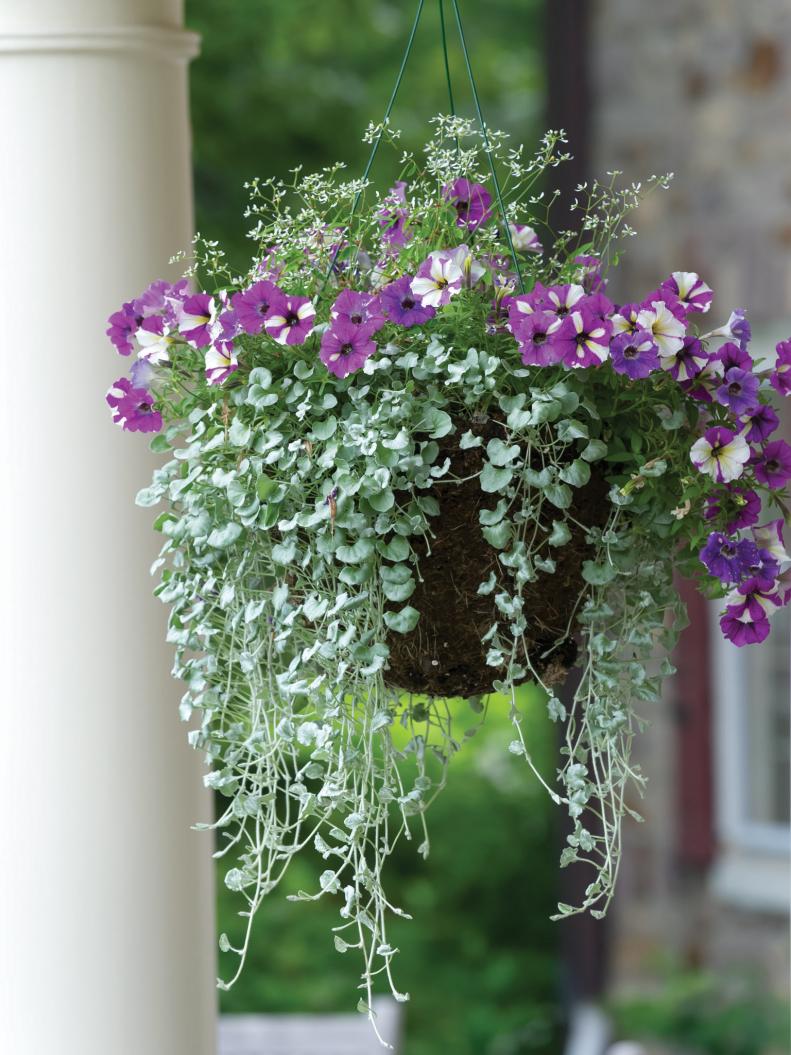1 / 16
Photo: W. Atlee Burpee & Co..
From:
Lynn Coulter.
Summer-Loving Annuals
Planting annuals in the spring and giving them some basic care throughout the growing season will give you a payback of endless summer color. Some annuals thrive in cooler seasons, while others need the heat of summer in order to thrive. Typically, garden centers sell the appropriate annuals for the season at hand — or soon to come. If in doubt, ask. This is especially important in early spring when summer annuals have started their growing season in the cozy confines of a warm greenhouse. Once they enter the world of cool spring nights, they often stop growing. For these heat-loving annuals, planting too early can cause them to perish as chilly air and cool soil causes plants to stall or even rot.









